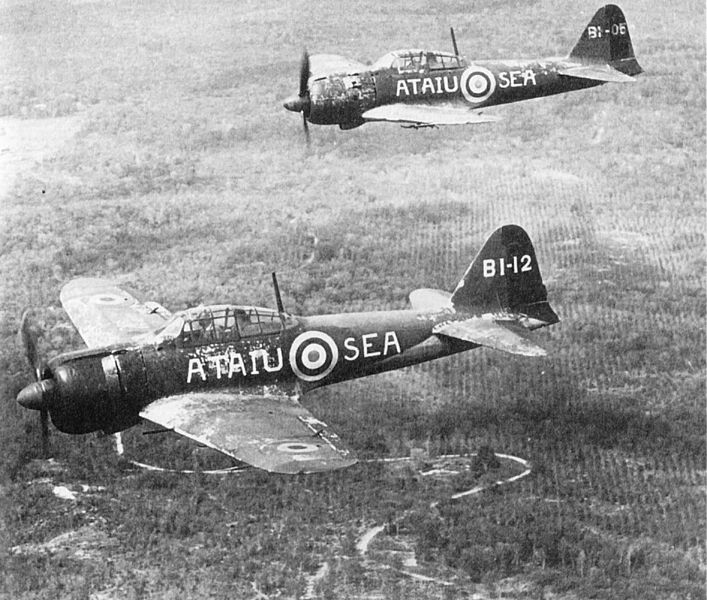MatthewB
Banned
“On November 26, 1941 two Japanese Mitsubishi A6M2B Zero fighters became disoriented and landed on a beach in China and were captured. One aircraft was badly damaged but V-172 serial 3372, built October 21, 1941 only had minor damage. It was taken away, repaired, painted and marked as P-5016 of the Chinese Air Force. This was the first intact Zero captured by Chinese forces. Later the aircraft was transported to the U.S.” http://www.aikensairplanes.com/a6m2-zero-sen-zeke-chinese-air-force-p-5016-china-1942-captured/
Let’s have those two Zeros be captured by the Chinese in Sept. 1940. The Chinese kill the pilots and hand the aircraft over to the British in October, with both aircraft loaded onto HMS Hermes at Hong Kong and spirited off to England, arriving in early November 1940. Japan accuses Britain of taking their aircraft and demand their return. Enroute Hermes mechanics work to repair the aircraft to give the restoration and evaluation teams back in Britain a head start.
Now what?
Let’s have those two Zeros be captured by the Chinese in Sept. 1940. The Chinese kill the pilots and hand the aircraft over to the British in October, with both aircraft loaded onto HMS Hermes at Hong Kong and spirited off to England, arriving in early November 1940. Japan accuses Britain of taking their aircraft and demand their return. Enroute Hermes mechanics work to repair the aircraft to give the restoration and evaluation teams back in Britain a head start.
Now what?
Last edited:
